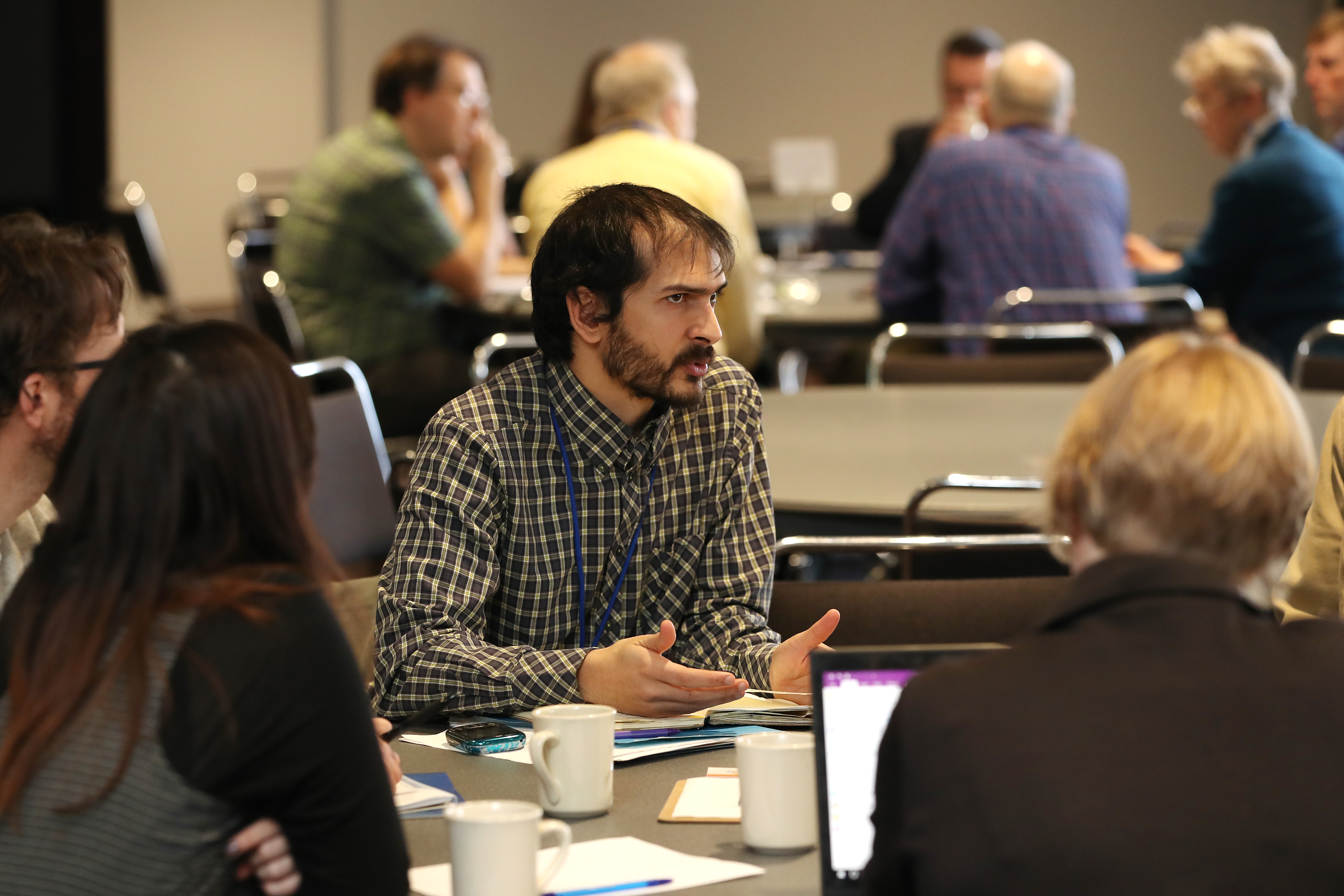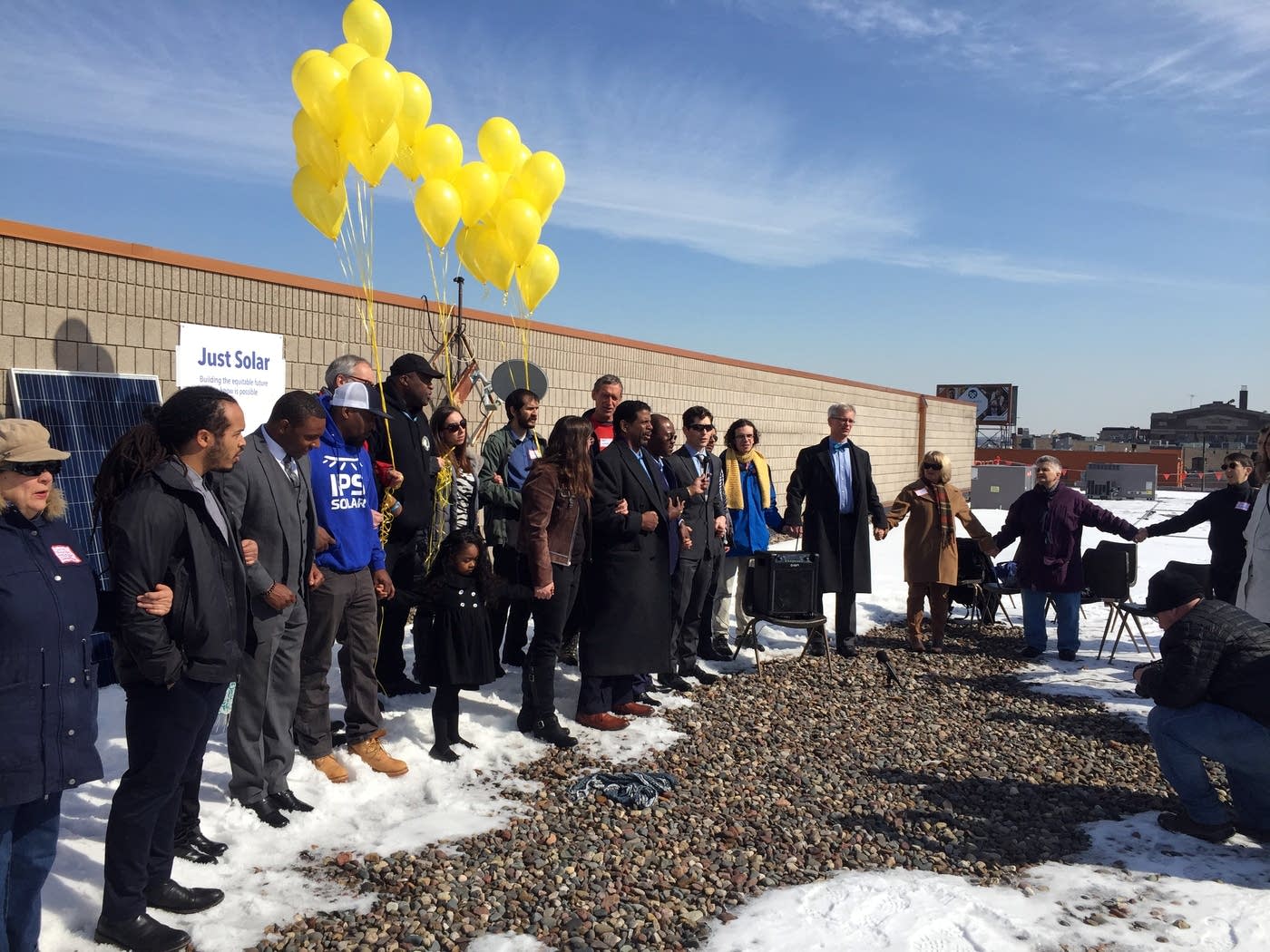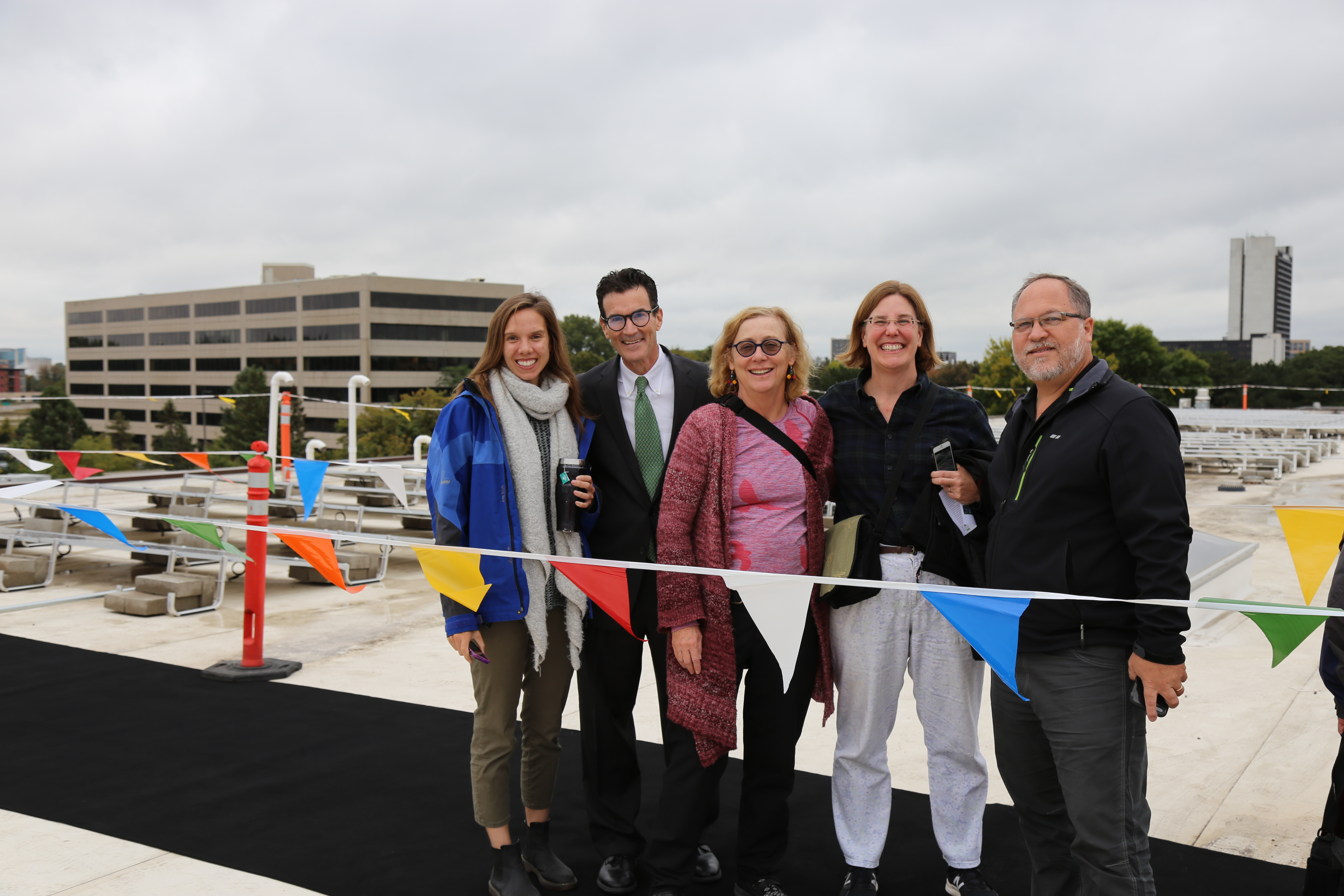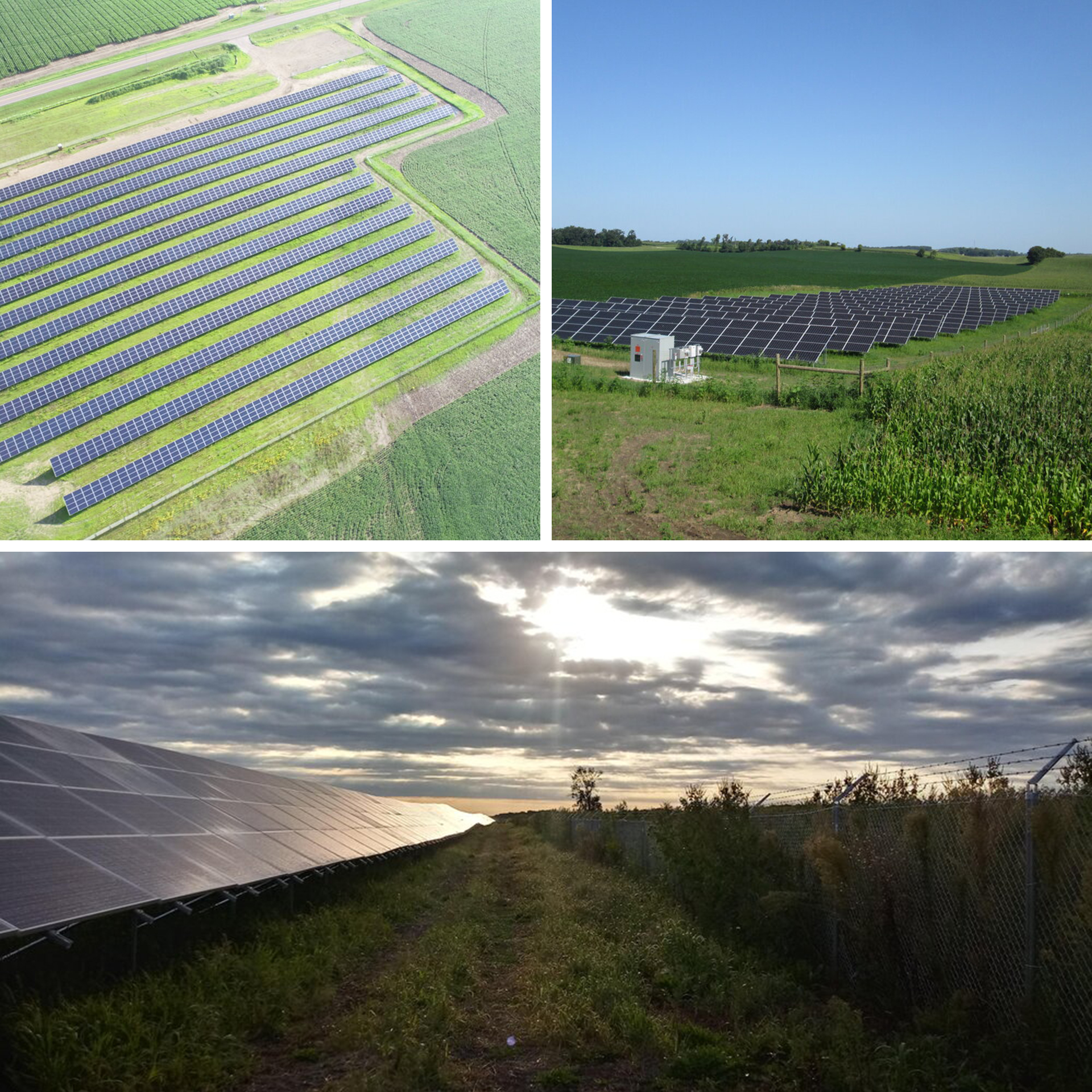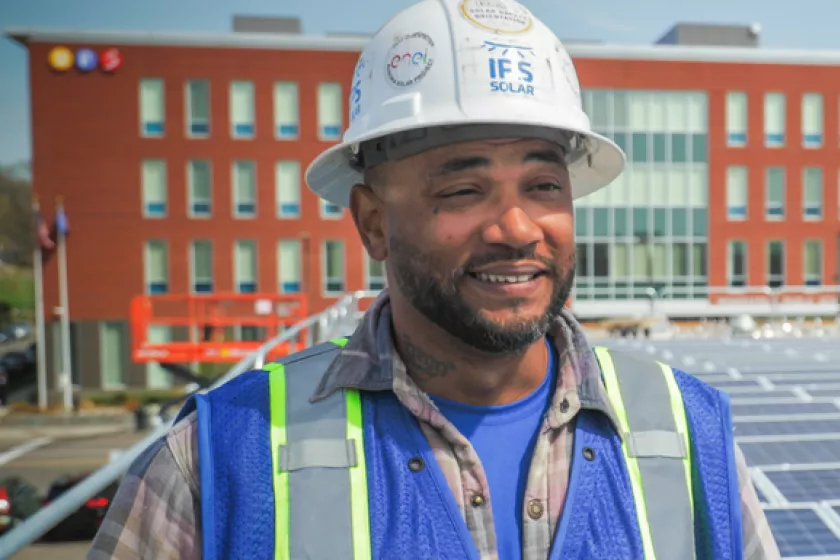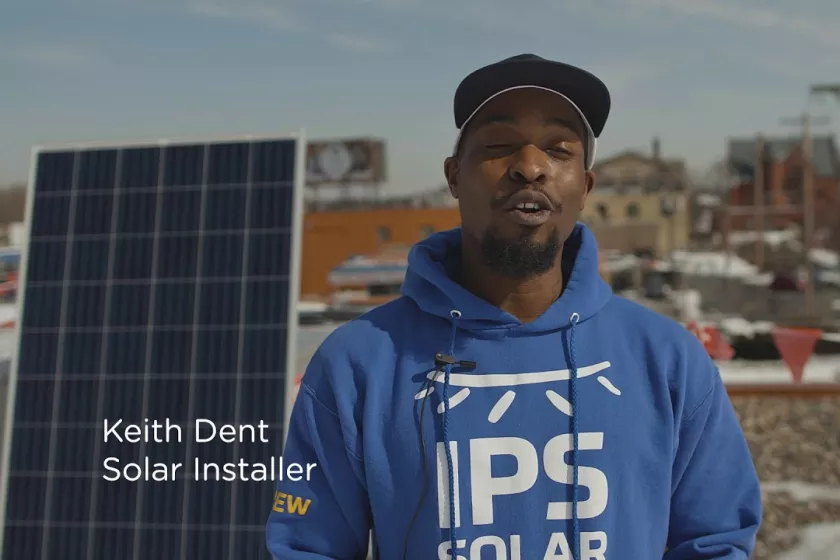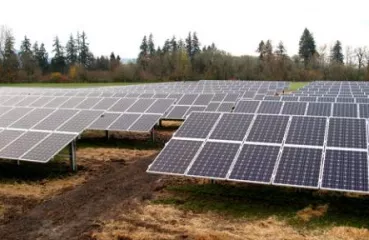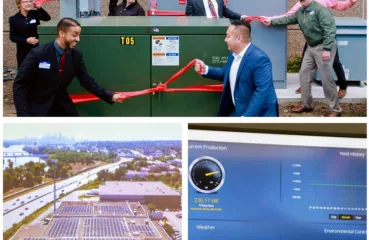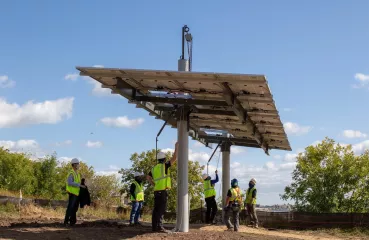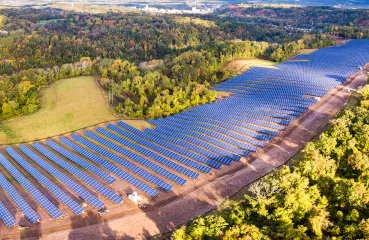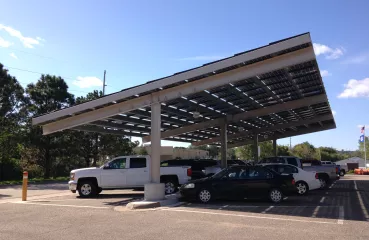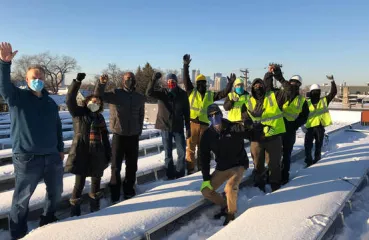Marie Donahue: I'm curious to learn more about the history of Cooperative Energy Futures as an organization. If you could share with us how that evolved and formalized into its own entity and how you operate as a business today.
Timothy DenHerder-Thomas: I'm one of the co-founders. We started Cooperative Energy Futures towards the end of when I was in college. It was a partnership between young people working on climate change and community members who really wanted to see local energy solutions. It was built off of an insight from a project that I did when I was in college. We created this revolving fund where we invested money in energy efficiency or other resource efficiency things on the college campus. That saved money and then used that savings to rebuild the fund and, therefore, be able to invest in the next thing. That was a key insight for me—saying well actually we have this huge amount of energy waste and [a] missed opportunity to recycle dollars that we're currently spending paying for fossil fuels and dirty energy into the development of energy efficiency and local clean energy.
And the big question there was: If we can do this on the college campus, why can't we do this in all of our communities? What is blocking the opportunity for ordinary people to be a part of that cycle of wealth creation?
What we pretty quickly found is that there's actually a large and robust industry already out there that's harnessing that opportunity for large corporations, colleges, universities, cities and large institutions, but there really aren't organizations that are doing that for individual households and for communities as a whole. Because the individual opportunity for each household is pretty small. It's thousands or 10s of thousands of dollars, not hundreds of thousands of millions… So, really, the vision behind Cooperative Energy Futures was how can we bring people together to create that scale, not by just working with the big players, but by bringing lots of small players together to concentrate and share our demand for energy efficiency, clean energy and clean energy services. To use that as a way to build up shared ownership. And to build up a viable business that can work for all of us together. That's really the heart of the cooperative concept. That's what cooperatives are all about; it's achieving things together that we couldn't achieve alone.
Early on, you know we dealt with all of the existing barriers that happen in the energy sector—where we weren't allowed to build energy that we own together and share that energy. We could do bulk buying for energy efficiency or solar, but there are so many barriers that prevent people who don't have access to upfront money or who don't own their own buildings or whose building just has some problem. Whether the roof isn't a good fit for solar or there is knob and tube wiring in the walls that prevents you from insulating.
There are all of these very nitpicky barriers that make it hard to do things as a group, even when doing so is cheaper and saves money for everyone. So, we really struggled as a co-op for about the first five years, a largely volunteer organization trying to figure out well, how can we do something that actually works?
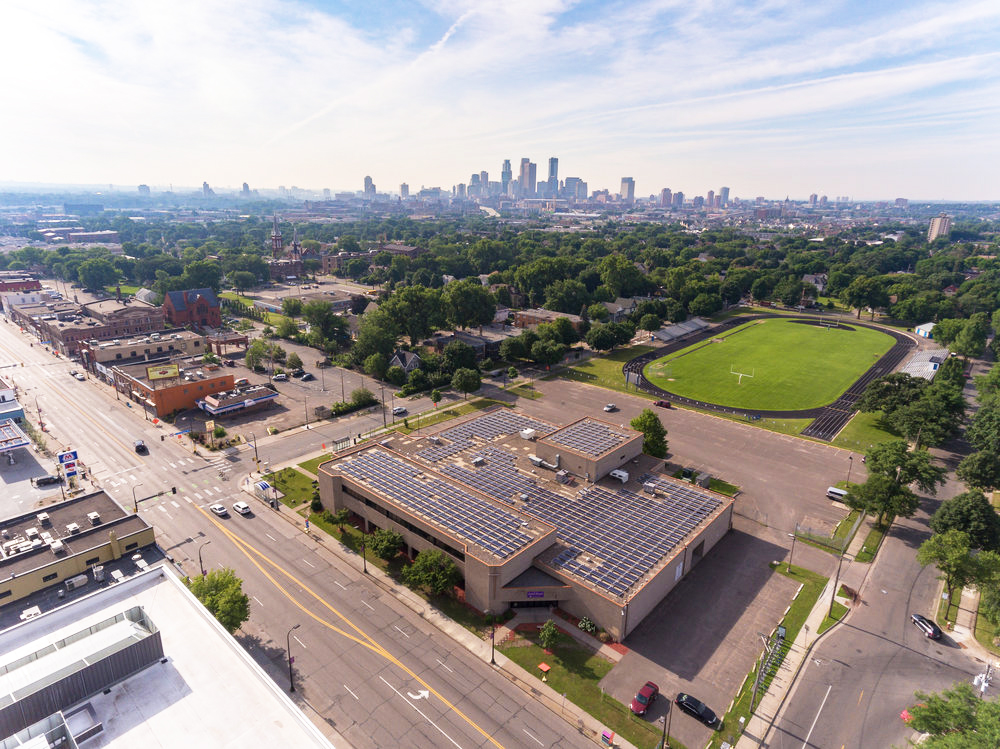
Community solar garden developed by Cooperative Energy Futures on the roof of Shiloh Temple International Ministries in North Minneapolis.
The take-off point for us as an organization was after the launch of the Community Solar Garden program in 2013. Because community solar creates this opportunity where you know, basically, anyone can participate if you pay an electric bill. You can be a part of it. You don't have to invest anything, you don't have to own property. And so all of a sudden, instead of coming up with things that maybe work for five percent of our membership, we had a solution that we could really scale that works for 95% or maybe even more of our membership. And so we have focused over the past four or five years on scaling that up. Now we have eight cooperatively-owned community solar gardens serving around 700 members across the state that will offset basically their entire electric bill for the next 25 years. That's created growth and sustainability for our co-op. We're continuing to use that model and to scale that model up.
But we're really now in the beginning stages—now that we have a solid base of operations. How do we start coming back to other business models like making onsite solar accessible for individual low income households or getting back into energy efficiency? Or making weatherization and insulation broadly accessible all across our community? We're still a pretty small organization. We have 900 members. We operate over $16 million worth of clean energy infrastructure, but that's a drop in the bucket at the same time. So, we really think most of the opportunity here is in our future and in the future of other communities that are coming together to build cooperatives that are doing basically the same thing.
Marie Donahue: For our listeners who don't know, Minnesota is a national leader in community solar deployment. So, I'm curious, since you mentioned this earlier and are so well-versed in how this policy was developed and how this model works in practice, could you give us an overview of this program? And share any barriers or ways you think it could be improved?
Timothy DenHerder-Thomas: Sure. So the community solar garden program in Minnesota really does two things. The first is that it requires the utility in Minnesota, currently that’s just Xcel Energy, to connect clean energy projects to the grid if they are community solar projects, and then it requires that the utility pay community members who subscribe a certain rate for the solar energy that's produced. We as Cooperative Energy Futures, we’re a developer. We're not getting paid by Xcel for the energy that our projects produce. Instead our community members, the subscribers, are getting paid by a credit on their utility bill.


.png)


